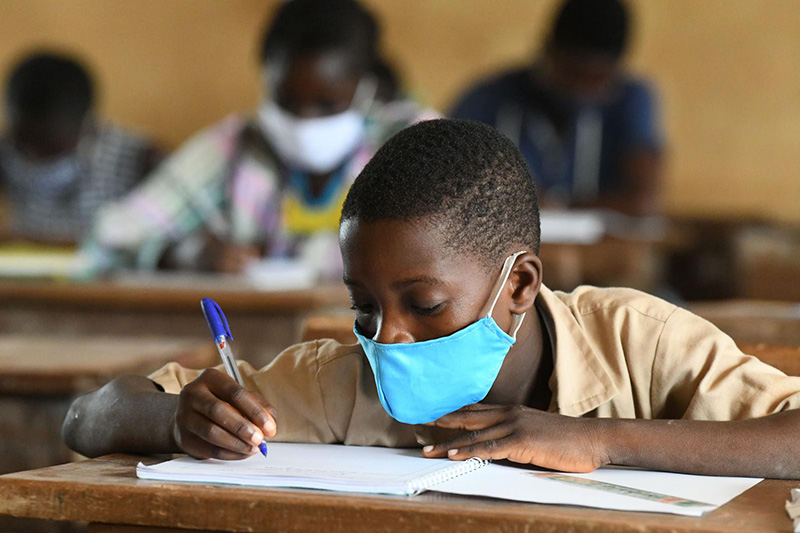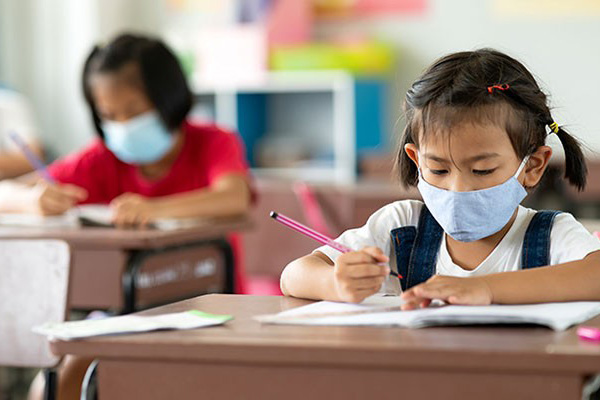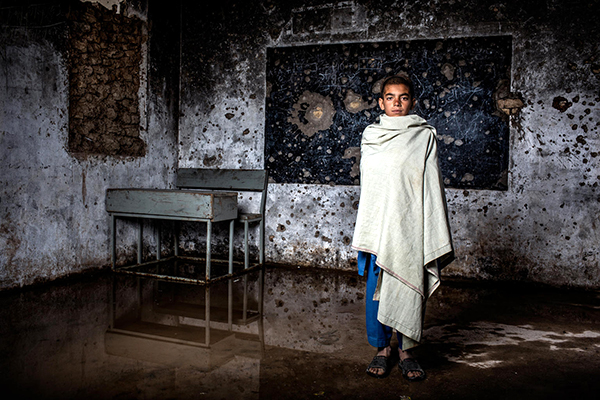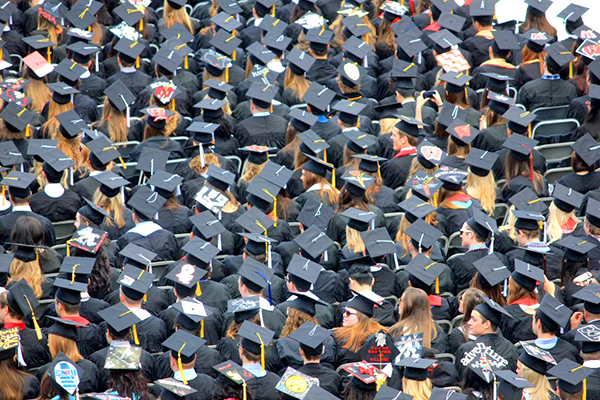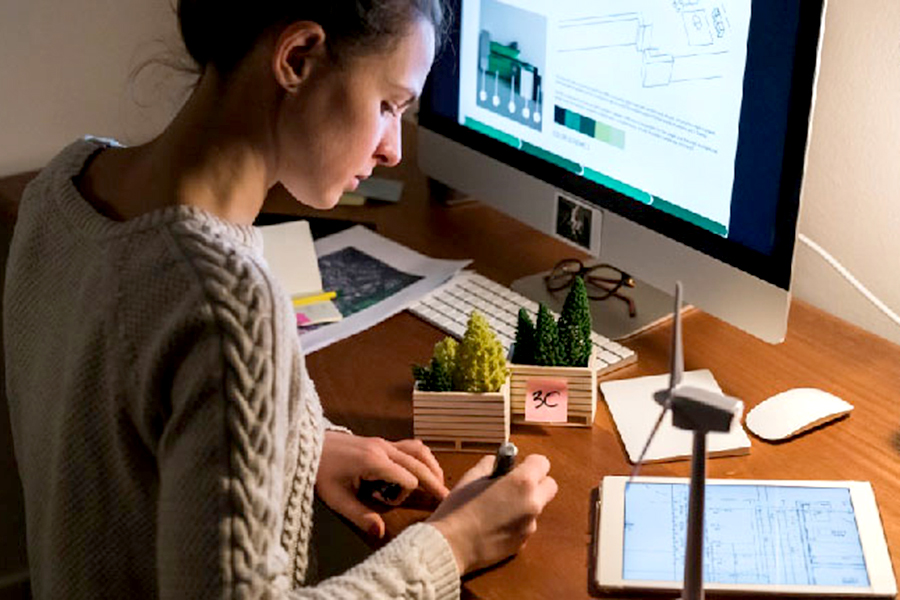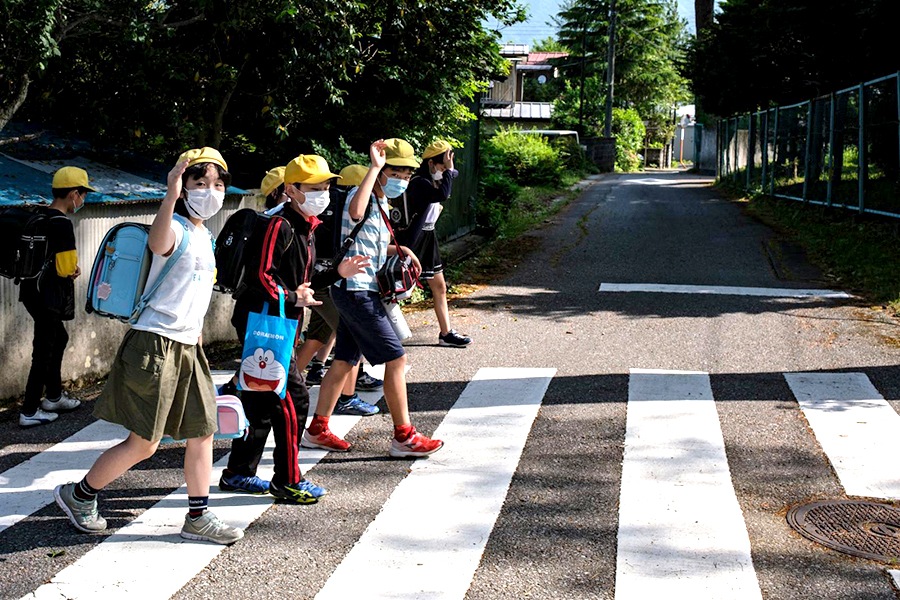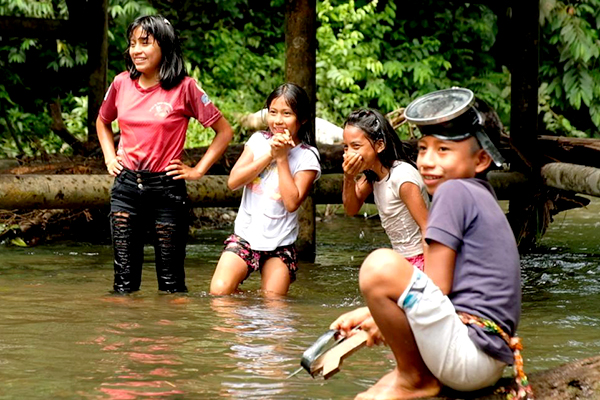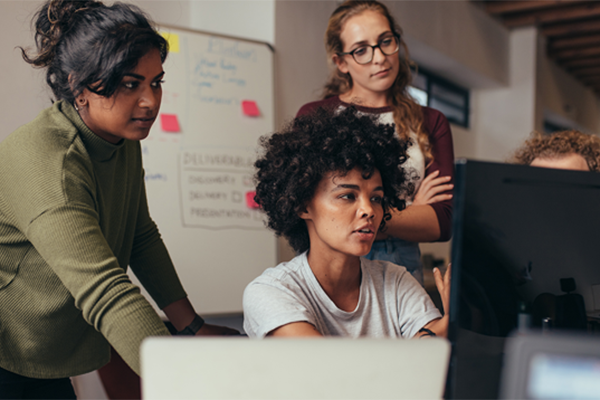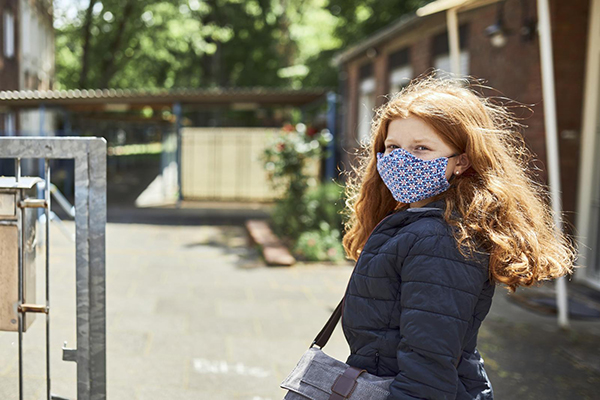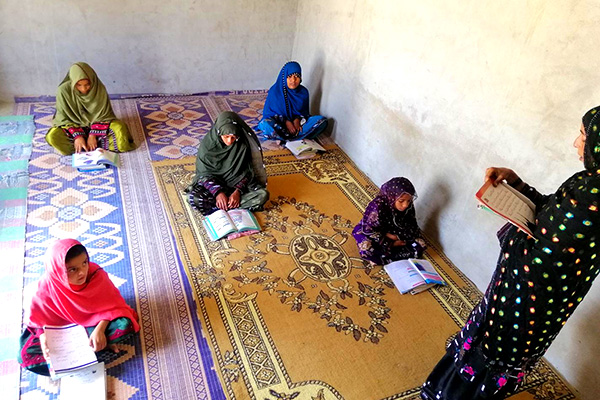Here are tips to help your children navigate some of the complicated emotions they may be facing with going back to school.
Education
This year, 900 million (of the world’s 1.5 billion) pre-primary to secondary students were set to return to school between August and October. According to UNESCO figures, however, only half of them will return to classrooms at this stage. Taking into account the 128 million students in the middle of their academic year, a total of 561 million students, one in three, will attend classes during this period. One billion students, two-thirds of the global student population, face either school closures or uncertainty.
Around the world, attacks on children continue as warring parties flout one of the most basic rules of war: the protection of children. Conflicts today affect the futures of entire generations of children. Living in conflict, children without access to education, will grow up without necessary skills exacerbating the already desperate situation of millions of children and families. The International Day to Protect Education from Attack draws attention to the plight of more than 75 million 3-to-18-year-olds living in 35 crisis-affected countries and to their urgent need of educational support.
International Literacy Day 2020 focuses on “Literacy teaching and learning in the COVID-19 crisis and beyond,” especially on the role of educators and changing pedagogies. The theme highlights literacy learning in a lifelong learning perspective focusing on youth and adults. The recent Covid-19 crisis has been a stark reminder of the existing gap between policy discourse and reality. The gap already existed pre-COVID-19 and negatively affects the learning of youth and adults, who have no or low literacy skills. Two live events are scheduled on 8 September, register for access.
Tertiary education is still a privilege available only to a minority. Higher education allows workers to increase their skills, in the hope of getting better jobs in the future. But are highly educated workers better off in the labour market? In pursuing advanced education, workers may expect to be better prepared for the labour market and find a quality job without much delay. ILO reports this is not always the case: highly educated workers can find themselves unemployed, even for a long time.
UNESCO, UNICEF, and partners are launching Building Back Equal: Girls Back to School Guide. The guide aims to help policymakers and practitioners in Ministries of Education address the gender dimensions of COVID-related school closures. It provides recommendations to ensure continuity of learning while schools are closed, and to establish plans for reopening schools in a way that is safe, gender-responsive and child-friendly, and meets the needs of the most marginalised girls.
According to the ILO report, Youth and COVID-19: impacts on jobs, education, rights and mental well-being, 70 per cent of youth who study or combine study with work have been adversely affected by the closing of schools, universities and training centres. Despite the extreme circumstances young people are using their energy to mobilize and speak out in the fight against the crisis. According to the survey one in four have done some volunteer work during the pandemic.
“Debating the Futures of Education” is a video series produced by UNESCO, within the framework of an initiative that seeks to reimagine the futures of education.
In the Ecuadorian Amazon, remote doesn’t mean cut off
UNESCO launches Global Skills Academy aiming to equip one million young persons with employability and resilience skills and help them find jobs when youth employment prospects look bleak. The impact of the pandemic on both education and employment has been dramatic. Students enrolled in training institutions and apprentices have been particularly affected by closures as they are dependent on practical training and hardware that is only available in training centres and workplaces.
As nearly 1.2 billion schoolchildren remain affected by school closures and as they grapple with the realities of remote learning in the midst of the COVID-19 pandemic, UNICEF warns inherent inequalities in access to tools and technology threaten to deepen the global learning crisis. "Providing a range of learning tools and accelerating access to the internet for every school and every child is critical,” said UNICEF Chief of Education Robert Jenkins.
Life during the COVID-19 pandemic is difficult for parents and children alike. UNICEF provides the latest information of what parents need to know to prepare for school reopening.

